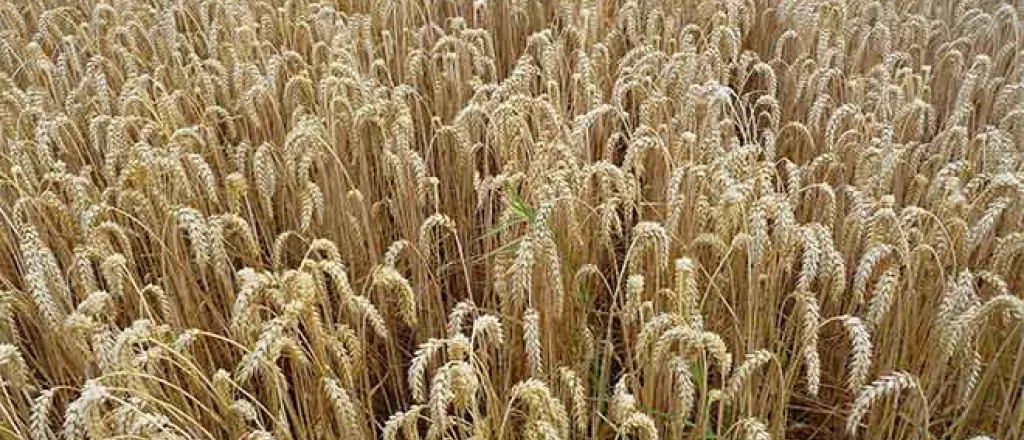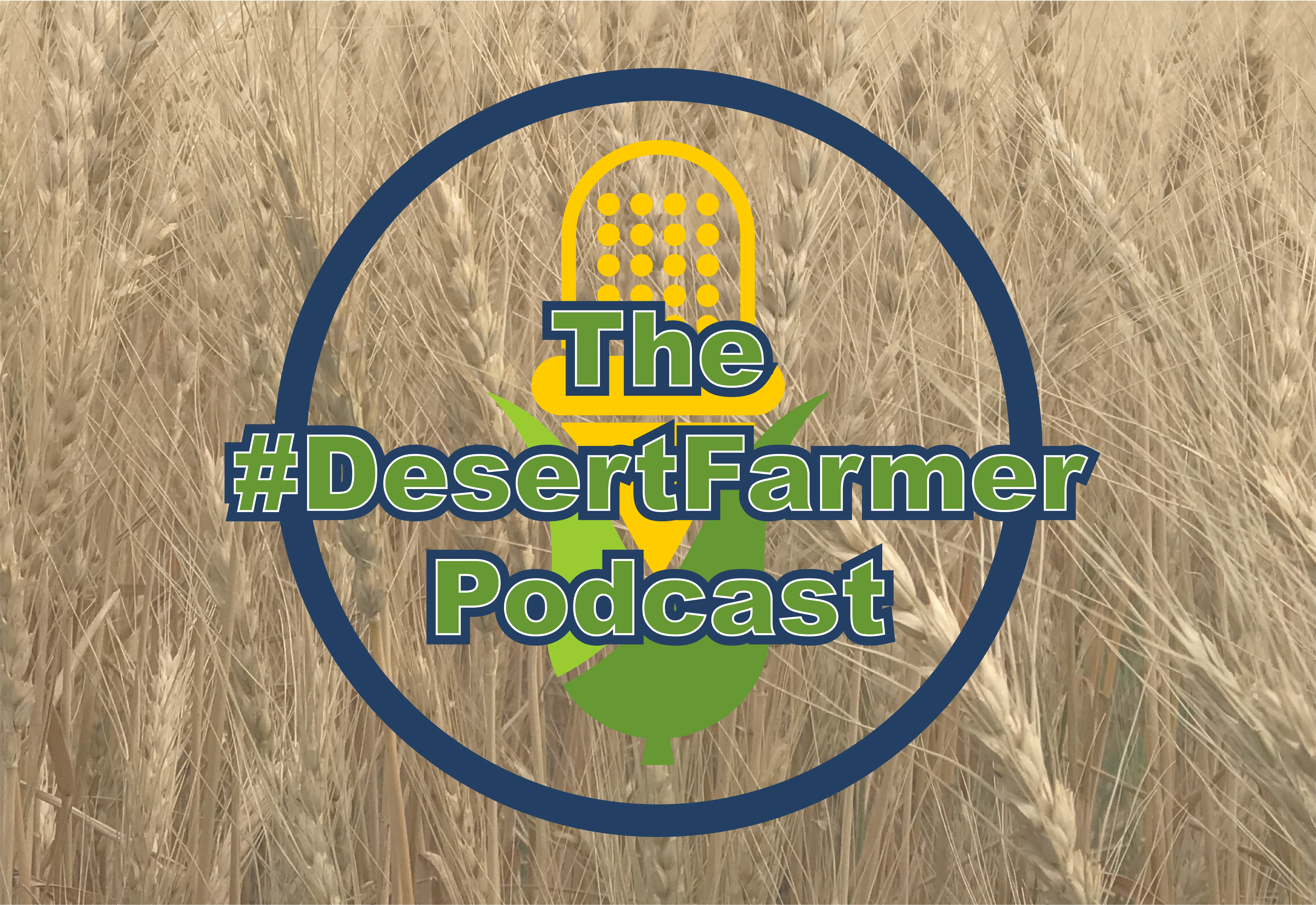
Wheat Disease Updates From CSU
Planting season is right around the corner, and I just wanted to provide everyone with a brief reminder on the importance of planting date, variety selection and seed treatment in management of diseases.
Mite-transmitted virus diseases. These include wheat streak mosaic virus (WSMV), Triticum mosaic (TriMV), and High Plains wheat mosaic virus (HPMoV). All of these viruses are transmitted by the wheat curl mite (WCM). Problems from this disease complex occur when the wheat curl mite that transmits the viruses is able to oversummer in significant numbers. However, the mite cannot survive off green plants for more than a day or two at the most; therefore, the mite needs a ‘green bridge’ to be able to survive until the new crop emerges in the fall. Typically, the mite survives on volunteer wheat, corn, or other weedy grasses until wheat is planted in the fall and then the mite moves back to wheat as it begins to emerge. In Colorado the greatest ‘green bridge’ risk results when pre-harvest hail rapidly results in pre-harvest volunteer wheat. The mites quickly carry the viruses to this volunteer and attempt to ride out the summer. I’m certain everyone reading this has been diligently controlling volunteer wheat to ensure this important green bridge host is not acting as a reservoir for both the curl-mite and the viral pathogens it vectors. However, traveling through eastern Colorado on August 29 & 30, I saw several fields with volunteer wheat. This was further confirmed speaking with growers and crop scouts, as they also agree there is still plenty of volunteer out there allowing refuge for the curl-mite. Eliminating volunteer wheat is the most effective management tool for reducing mite-vectored virus pressure during the upcoming season. Remember to allow at minimum 2 weeks after herbicide application to kill volunteer wheat before planting the fall crop. There should be NO green tissue visible, as the curl mite will hold on for dear life until the last bit of living tissue is dead.
The mite and viruses can also survive on some other grasses present through the summer, but the next most significant risk for mite-virus oversummering is corn. Mite populations can establish on the corn and carry the viruses through corn and move to the new wheat crop in the fall. Damage around corn fields will be variable but will depend on how green the corn stays (irrigated corn is at greater risk than dryland). Significant August rains can improve the condition of dryland corn and extend its ‘greenness’ further into the fall when it can overlap with wheat emergence. Given the ample moisture in eastern Colorado, there is still a lot of green corn, and I imagine it will remain green through the end of September. The severity of this spread will depend on the extent of this corn-wheat overlap and on the fall weather conditions (e.g. greater risk with warm extended fall). Even though the risk of disease from adjacent corn is not as extreme as from pre-harvest volunteer, the gradient or border effects from mite and virus spread can be significant. Virus risk around these areas can be managed by avoiding early planting in these areas to minimize this overlap and planting resistant varieties.
In regards to planting date, research completed near Akron, CO over the last 5 years indicates that planting prior to September 15th puts wheat at a higher risk for curl mite infestation and viral infections in the fall. Keep in mind that this is a general rule and may vary from year to year. The most important factor to consider is the presence of a green bridge host, as mentioned above. That being said, in many places in Colorado if there is adequate soil moisture you often need to start planting, and the presence of volunteer wheat makes it likely curl-mites will be present and active during planting. I recommend you review the 2017 Colorado Winter Wheat variety trial bulletin (pages 28-31) for updated Wheat Streak Mosaic Virus (WSMV) ratings. If you need to plant prior to September 15, I recommend planting one of the varieties that are more resistant (WSMV score <4). These include Avery, Byrd, Denali, Joe, Oakley CL and Snowmass. I would avoid planting the more susceptible varieties (WSMV >6) before September 20. These include Brawl CL, Larry, LCS Chrome, Settler CL, Sunshine, SY Monument, SY Rugged, WB4462, and WB Grainfield.
Finally, I want to address the importance of planting certified seed and the use of seed treatments. It is important to treat seeds with appropriate fungicides for 2 main reasons: 1) it will protect the seed from root rot pathogens (Bipolaris, Rhizoctonia, Fusarium), which naturally occur in the soil; and 2) will control seed-transmitted diseases including common bunt and stinking smut. These diseases can cause varying levels of yield loss and occasionally total loss. Loss results from seedling blights and damping off caused by some of the soilborne fungi and grain loss caused by common bunt and loose smut fungi. In the case of common bunt, if it is widespread in a field, total loss is almost certain due to rejection at the elevator. Purchasing certified seed will also significantly lower the chances of seed-transmitted diseases. The extra cost associated with purchasing certified treated seed prior to planting is certainly warranted given the potential for significant economic loss.













